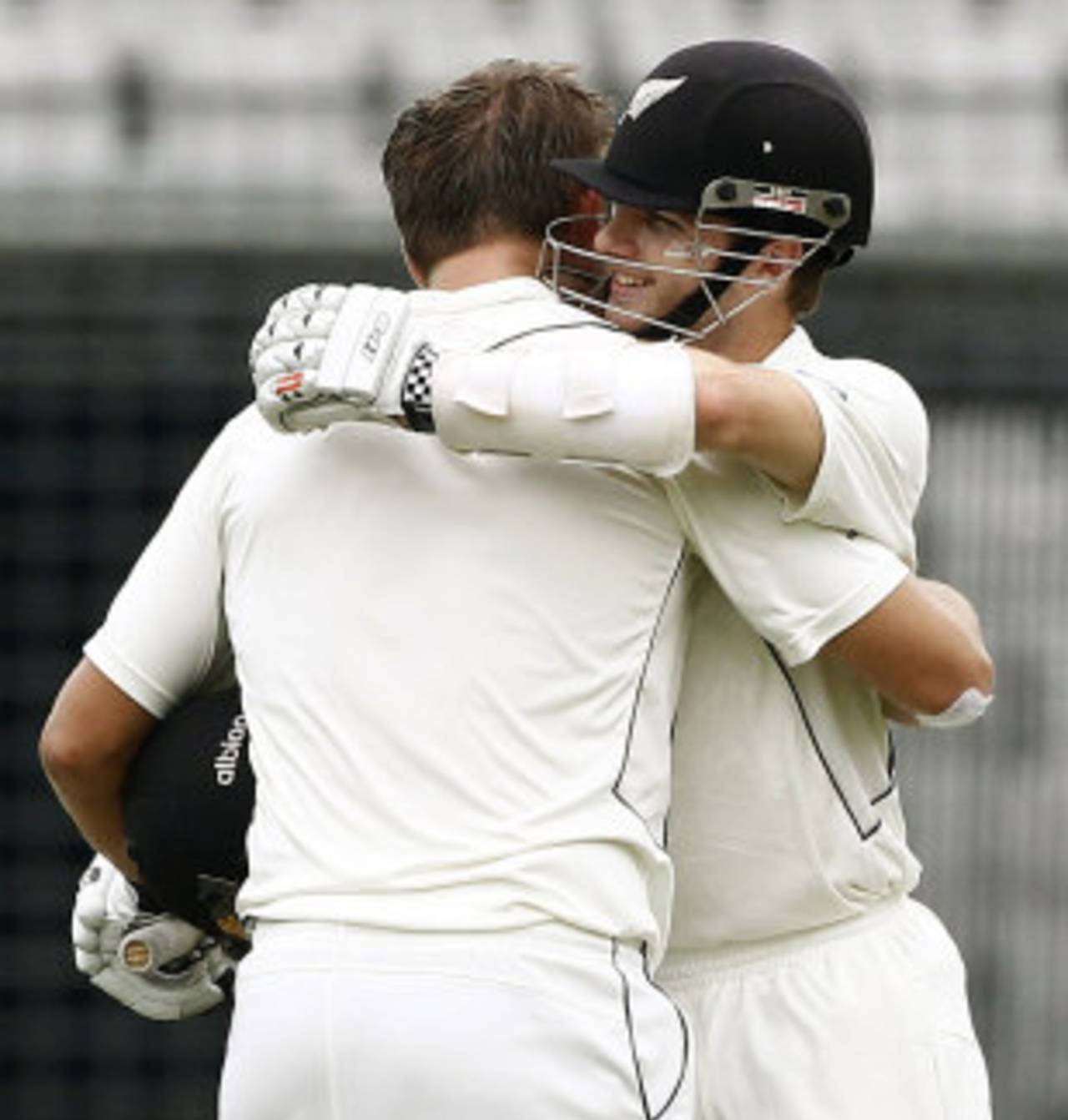Plenty to ponder for New Zealand
The two-Test series against Bangladesh offered some positives but concerns remain, especially with the bowling unit and opening combination

Corey Anderson and Kane Williamson: repaying the faith placed in them • Associated Press
New Zealand's opening partnership is worthy of perseverance but needs to show consistency to prove its initial compelling statistics
Andrew Alderson is cricket writer at New Zealand's Herald on Sunday